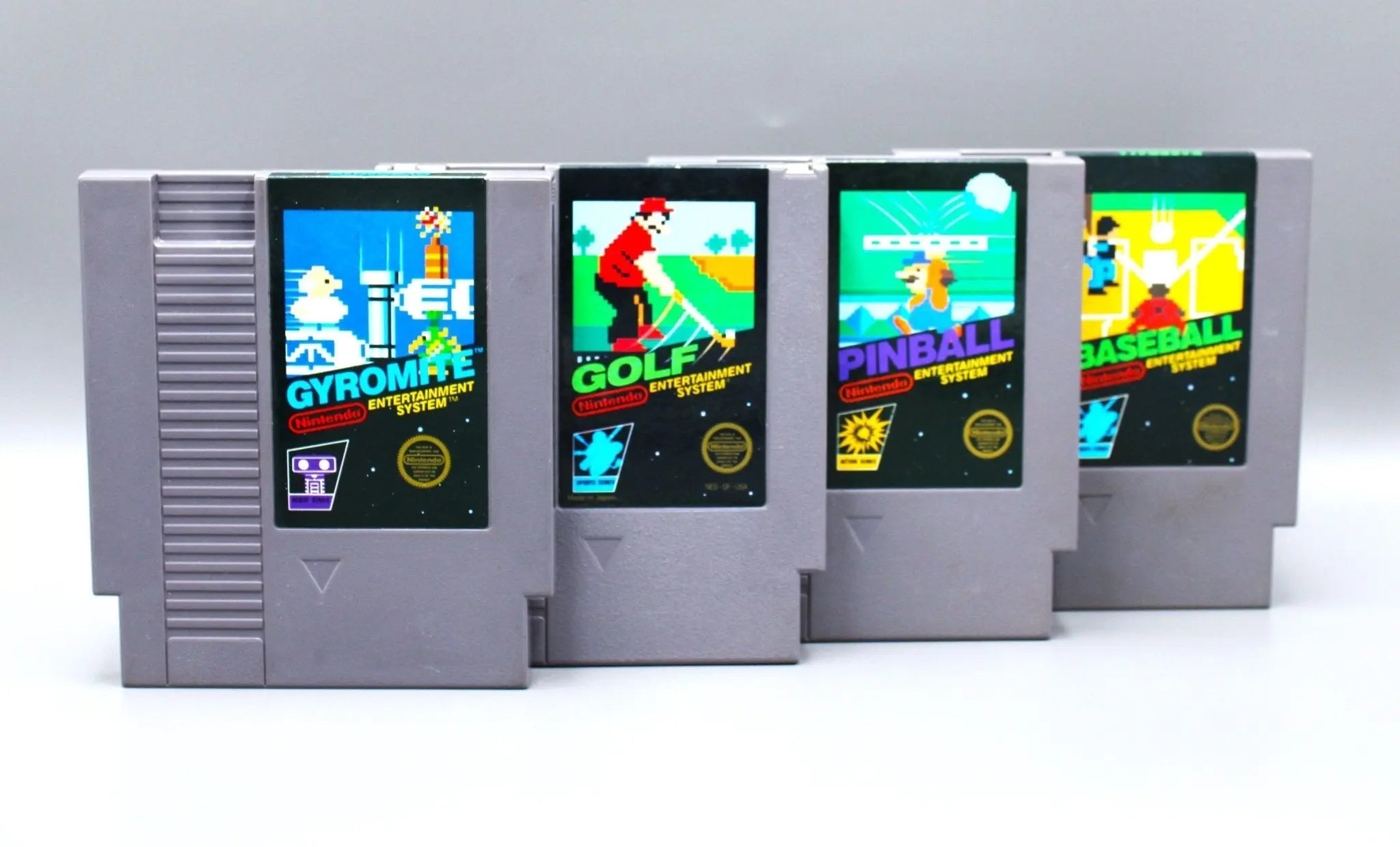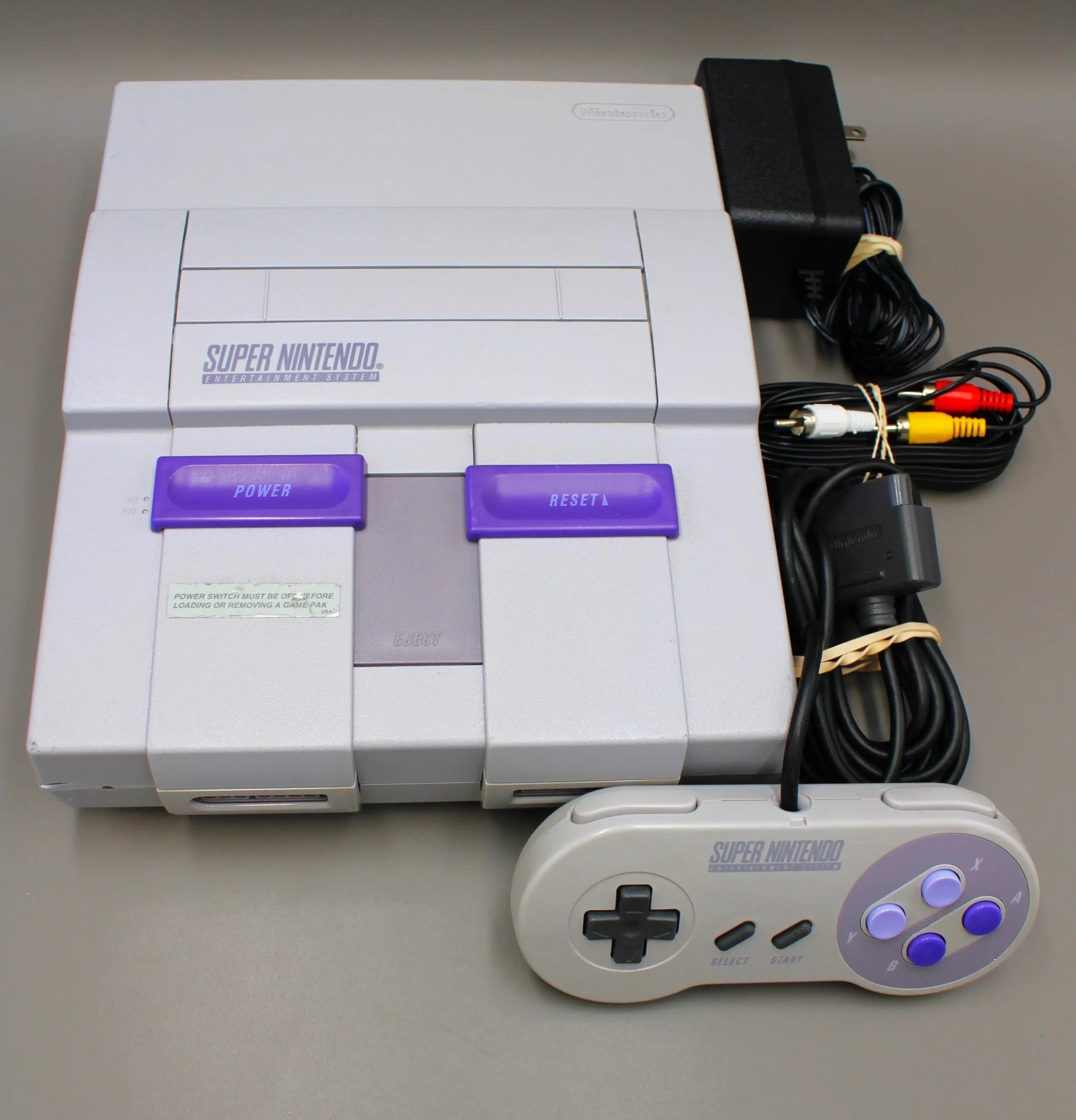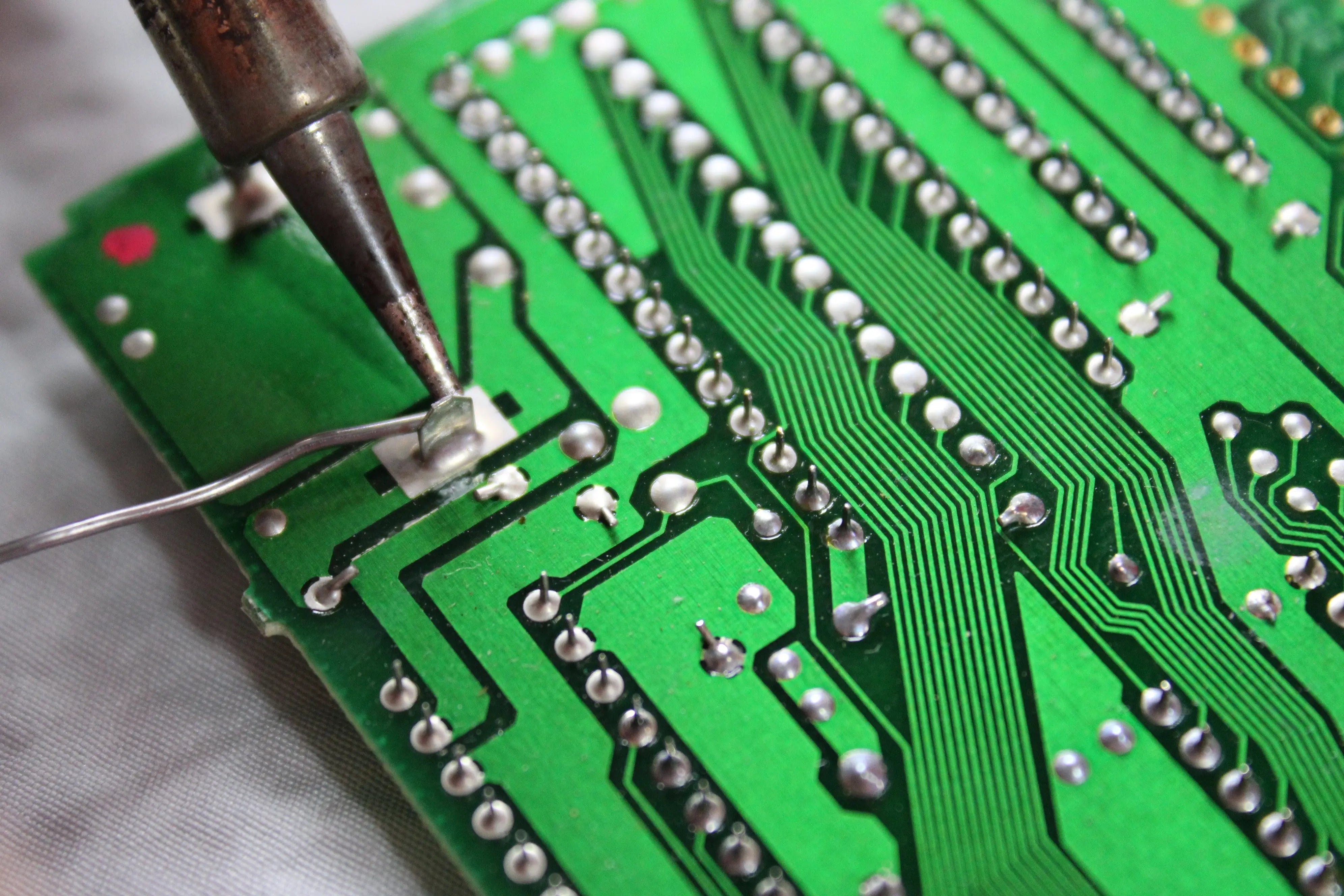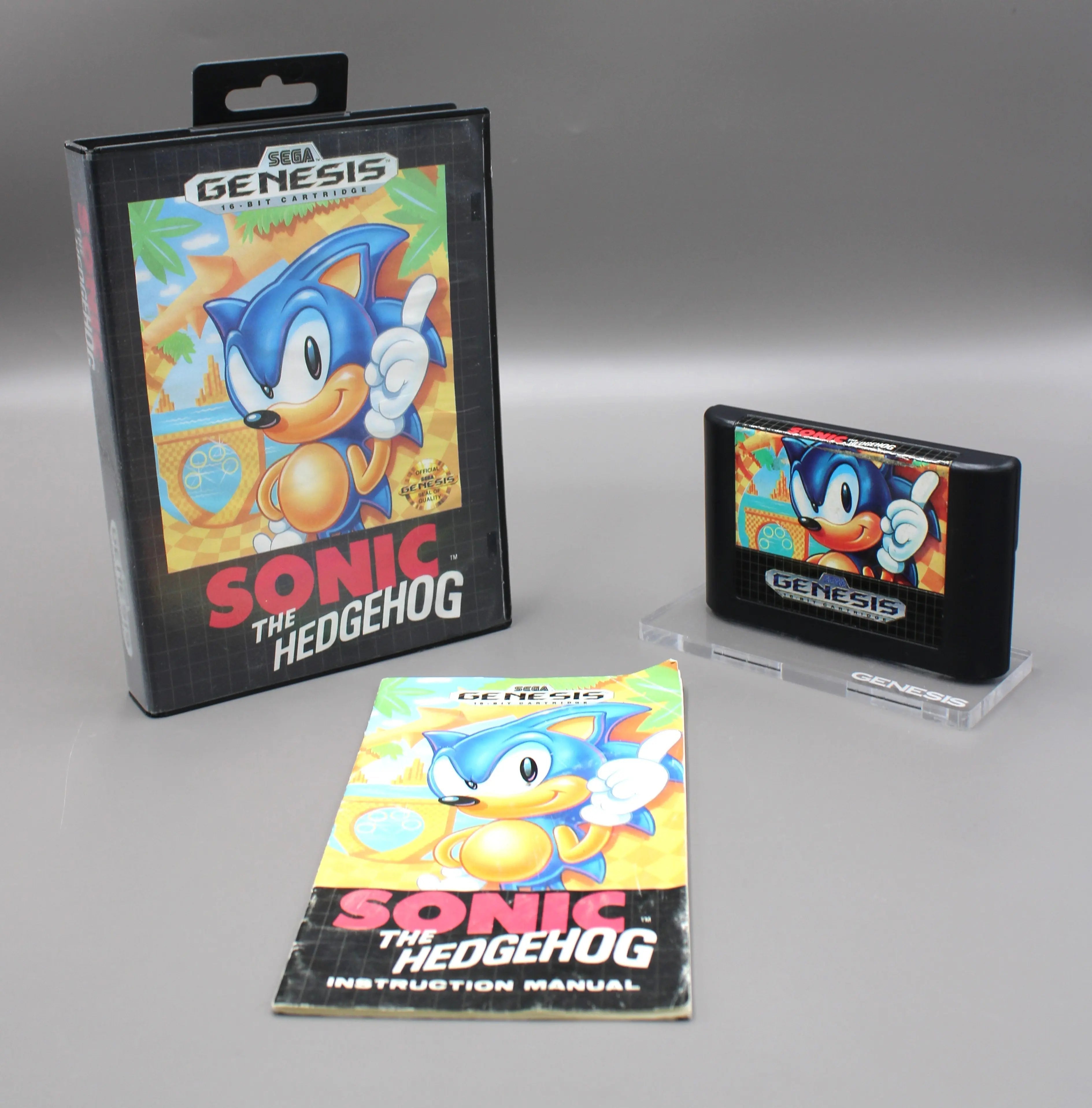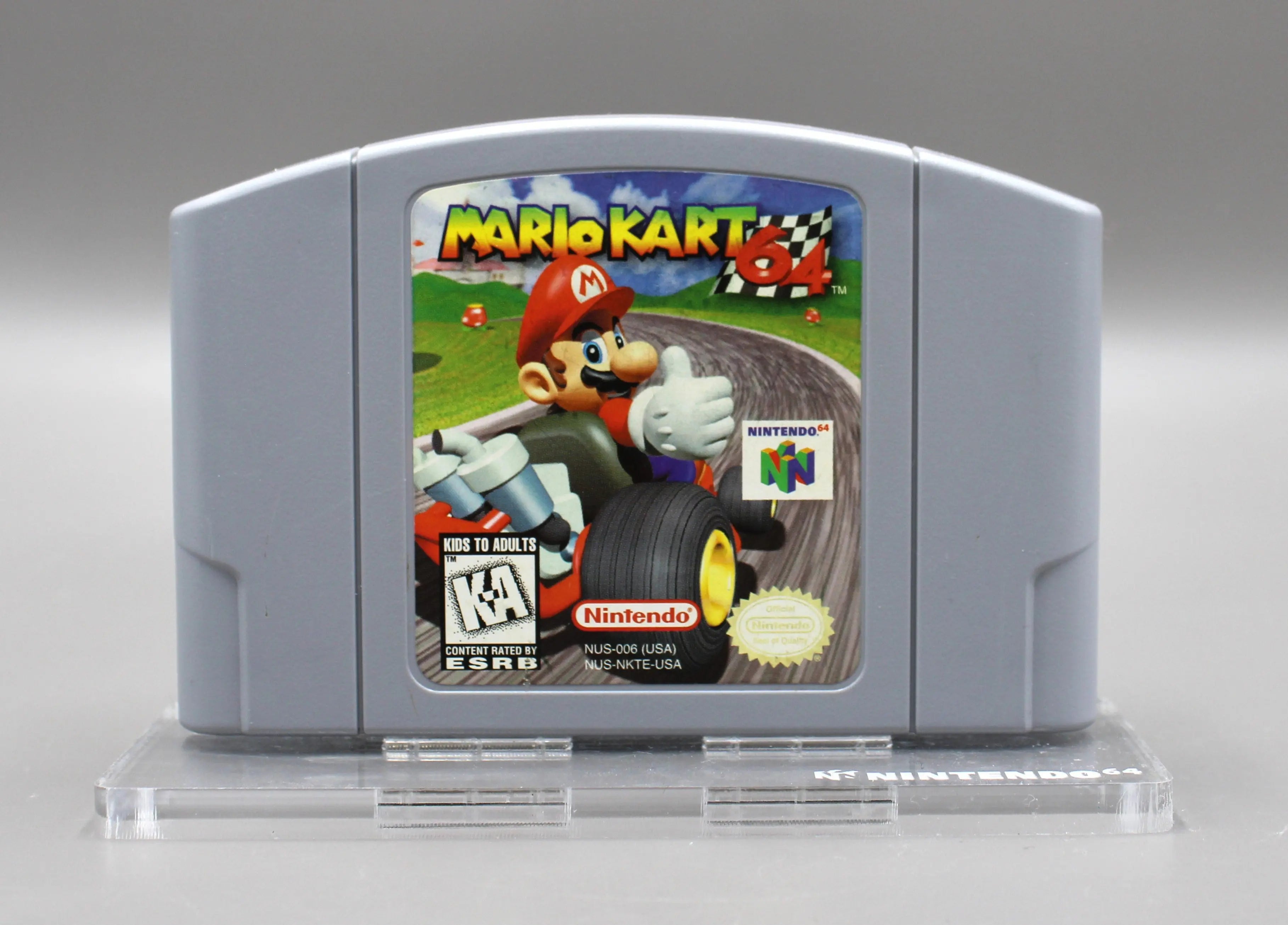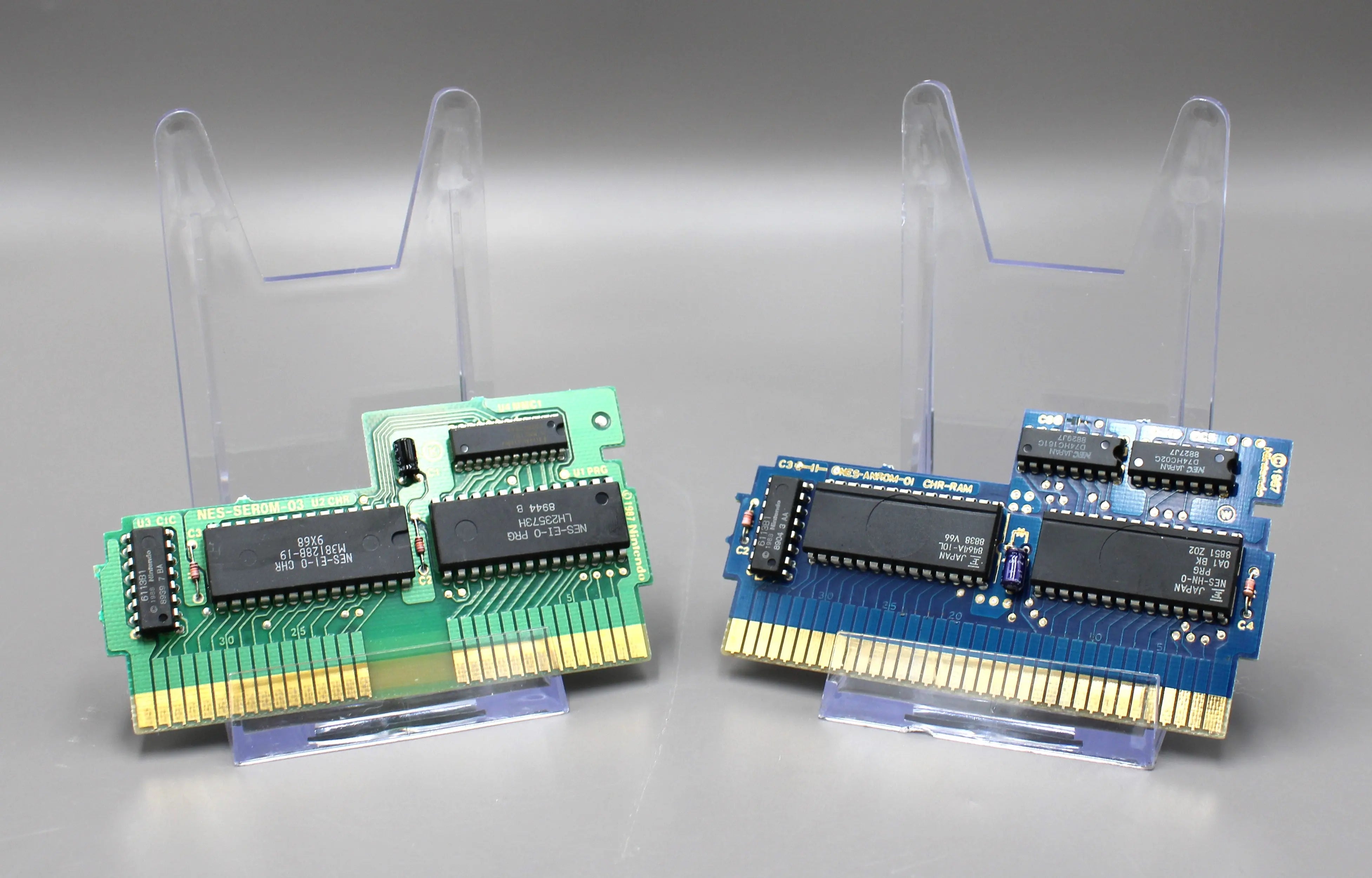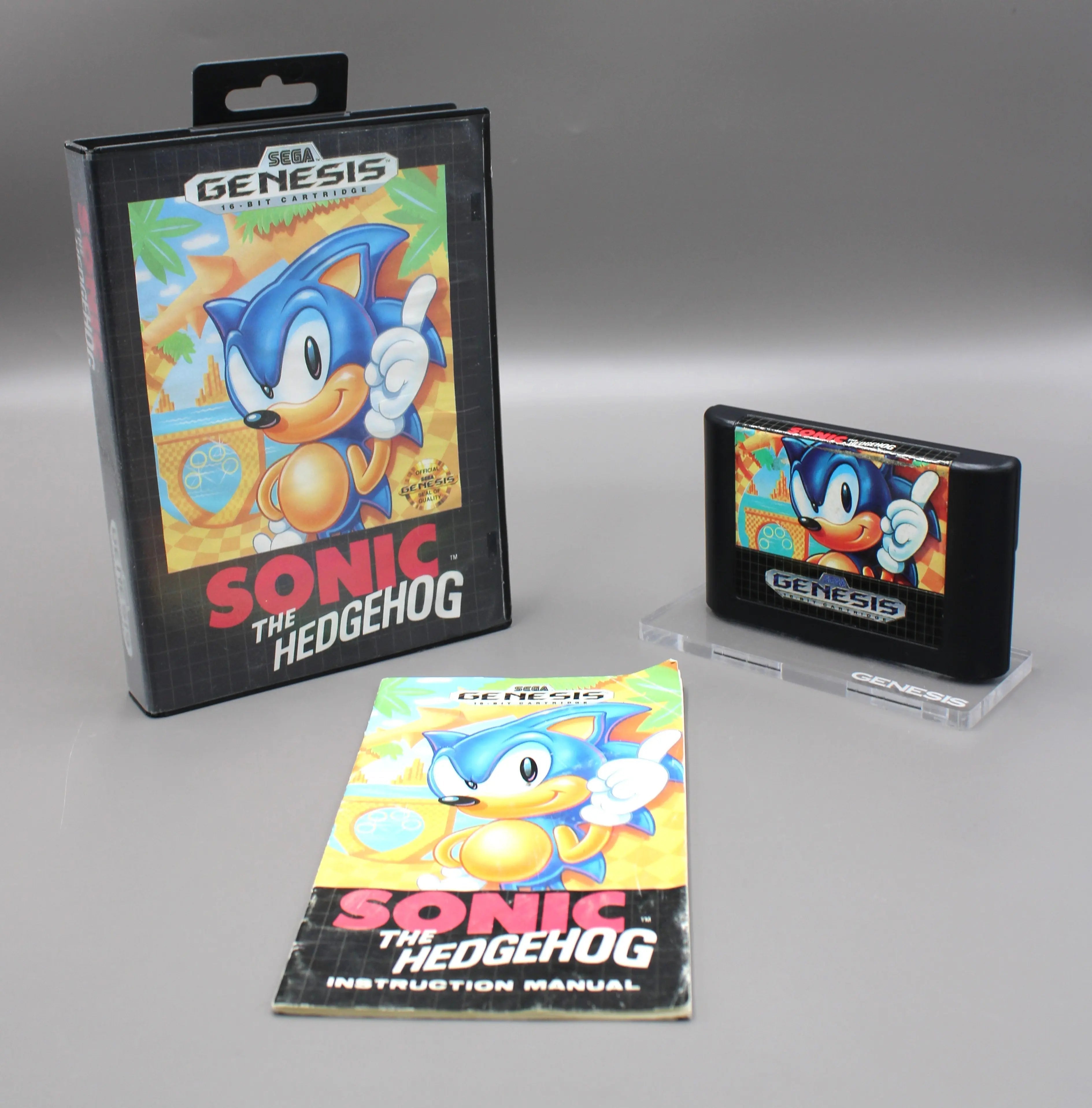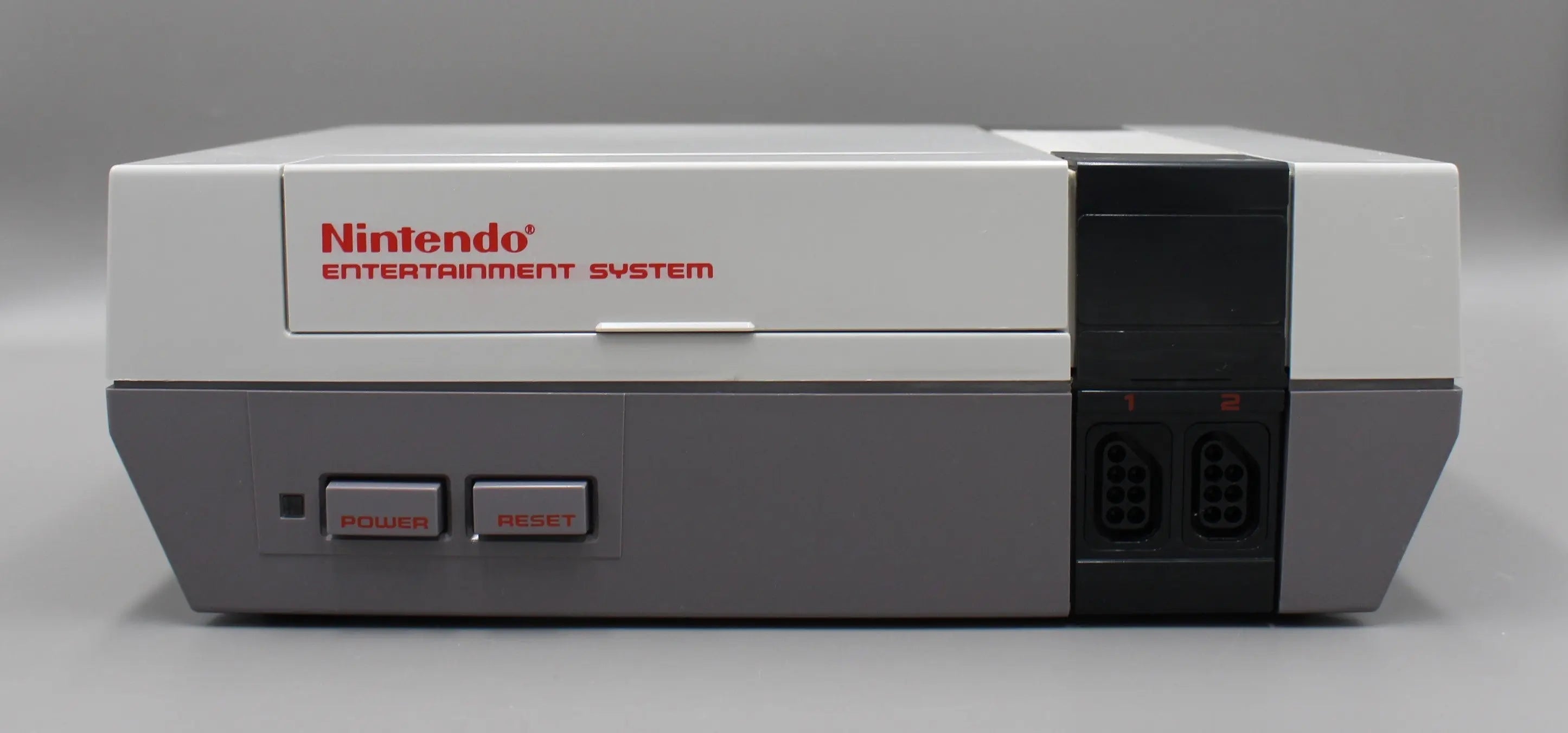A Collector's Guide to the Original Sonic the Hedgehog Sega Genesis Variants
When it comes to retro gaming, few franchises evoke as much nostalgia as Sonic the Hedgehog. Released in 1991 for the Sega Genesis, Sonic the Hedgehog not only revolutionized platforming games but also became a cornerstone of Sega’s marketing efforts during the 16-bit console wars.
Every Mario Kart Video Game Ever Released and Their Own Unique Appeal!
Every Mario Kart Video Game Ever Released and Their Own Unique Appeal! 1. Super Mario Kart (1992) Platform: Super Nintendo...
The Colors of Nostalgia: Why are Some NES Game Boards Blue and Others are Green?
Identifying Authentic NES Games
When evaluating the authenticity of an NES game based on its board color, there are several indicators to look for:
- Board Color: As mentioned, first-party games generally have green boards, while many third-party games are blue. However, this is not a strict rule, so further checks are necessary. So, beware if you get a pink board!
- Solder Points: Authentic NES boards usually have specific patterns of solder points. Counterfeit boards may have different solder configurations or less consistent soldering quality.
- Silkscreening: Check for the silkscreened text on the board. Genuine NES boards will have clear, consistent printing, while fakes might exhibit smudged or poorly printed labels.
- Chip Identification: NES game boards contain specific chips that can help verify authenticity. Use a chip identification tool or cross-reference the chip numbers with known genuine configurations.
- Physical Quality: Authentic boards tend to have a more robust feel and better craftsmanship than counterfeit versions. Check for overall build quality, including the thickness of the board and the quality of the cartridge shell.
- Weight: Counterfeit games are often lighter due to the use of inferior materials. If a game feels unusually light, it might be worth investigating further.
The blue and green colors of NES game boards are more than just aesthetic choices; they reflect the complex history of video game manufacturing and the evolution of the NES itself. For collectors and fans, understanding these differences not only adds depth to their appreciation of the games but also aids in identifying authentic titles from potential fakes. As the NES continues to captivate new generations, these small details remind us of the enduring legacy
The First Sonic The Hedgehog Video Game for the Sega Genesis - Back to 1991!
Indicators that your Super Nintendo Console is a Rare 1-CHIP Model
Is my SNES a 1 Chip model? The very first Super Nintendo system was released in 1991 in North America. The Super Nintendo console delighted video game enthusiasts with its improved sound, visuals, and accompanying game library.
Although even the first Super Nintendo was groundbreaking in these areas, a later model released around 1995 called the "1-CHIP" SNES was especially pioneering. The motherboard design of the 1-CHIP SNES enables it to output better graphics than earlier revisions of this Nintendo system. The 1-CHIP is highly sought after by collectors because it offers some of the best gameplay visuals you can get on a Super Nintendo. It is also somewhat rare to find, which makes treasure hunting for it even more thrilling!
Prior to the year 1995 or so, Nintendo designed their Super Nintendo console motherboards so that they used 3 chips for graphics and central processing. These three chips are called the CPU, PPU1, and PPU2. When Nintendo revised the SNES motherboard around 1995, all 3 of these chips were combined into one single chip called the S-CPUN. This hardware change is what gave this model of the SNES more graphics processing power.
How do I know if my SNES is a 1-CHIP version?
1. Look at the serial number.
The serial number barcode is printed on a sticker located on the bottom of the console beneath a barcode.
One obvious indicator that you may have a SNES with a 1-CHIP motherboard design is if the console's serial number begins with "UN3". A 1-CHIP SNES serial number will always start with a UN3. However,
The Success of the Nintendo Entertainment System Gaming Console in the U.S. Market
After a time of turmoil for the video game market in the early 1980s, Nintendo introduced a brand new console that took the world by storm. This system was the Nintendo Entertainment System or NES for short. The NES launched with 17 black box titles and critics may have thought that this system would fail like its predecessors. However, Nintendo succeeded in dominating the home console video game market for several years to come. There were many reasons for the NES console's success, but perhaps the most memorable thing about this system is its fun to play and well developed game library which many retro gamers and collectors enjoy to this day.
Nintendo was careful to do extensive market research before entering the U.S. market, which had nearly collapsed in 1983 due to an overflow of poor quality games and a large quantity of inferior systems. So, Nintendo tread the U.S. waters carefully when they decided to enter this now booming gaming market. In October of 1985, Nintendo released a limited number of the NES consoles (approximately 100,00 or less) into select U.S. cities. Perhaps, they were trying to gauge whether the North American market was a good place to do business. How would consumers respond to this new NES console and should Nintendo invest in expanding their operations in America?
By limiting the number of systems available in America to the public, Nintendo created exclusivity for their product. Consumers wanted what they couldn't have (Sort of like Eric Cartman's denial to customers at his amusement park). Nintendo was very careful to present their new system and its affiliated launch titles in a new way that would build trust and intrigue for American consumers who had become disillusioned with the failing home video game market of the early 1980's.
So why was Nintendo so successful? Their packaging was deliberate and consistent across all NES releases. The NES console featured a black box and so did the original 17 launch titles and the 13 black box titles released shortly after. (See our detailed blog on boxed games). This simple artwork with 8 bit graphics and a black background stood out in contrast to the elaborate video game artwork of the time, so it grabbed people's attention. In addition, Nintendo went a step further building trust by putting an official seal of quality on every game, console, and accessory they sold. This seal assured consumers that the content purchased met Nintendo's rigorous standard of quality.
Nintendo even backed their products with a dedicated phone line for customer support. This way consumers could trust Nintendo to be there if they experienced any issues with a product because they always included a phone number and address where they could be reached for support.

